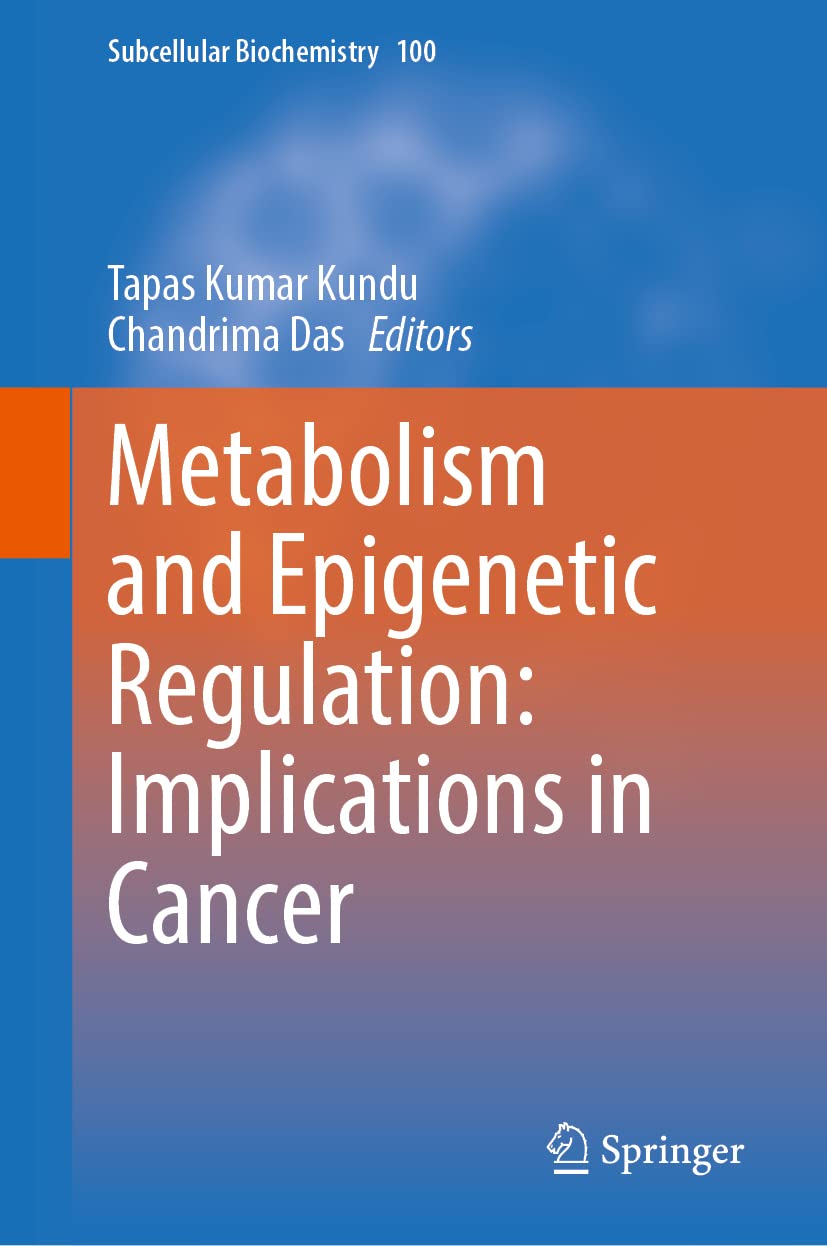

Most ebook files are in PDF format, so you can easily read them using various software such as Foxit Reader or directly on the Google Chrome browser.
Some ebook files are released by publishers in other formats such as .awz, .mobi, .epub, .fb2, etc. You may need to install specific software to read these formats on mobile/PC, such as Calibre.
Please read the tutorial at this link: https://ebookbell.com/faq
We offer FREE conversion to the popular formats you request; however, this may take some time. Therefore, right after payment, please email us, and we will try to provide the service as quickly as possible.
For some exceptional file formats or broken links (if any), please refrain from opening any disputes. Instead, email us first, and we will try to assist within a maximum of 6 hours.
EbookBell Team

0.0
0 reviewsMetabolic programs of individuals are key determinants for disease susceptibility and immune response. This book, edited by experts in the field, summarizes epigenetic signaling pathways that regulate metabolic programs associated with cancer and cancer-related secondary diseases.
The first part of the book highlights key metabolic pathways that are implicated in cancer and provides a comprehensive overview on the carbohydrate, protein, lipid, amino- and nucleic acid metabolic pathways that are deregulated in cancer. Special attention is paid to the altered tumor micro-environment that is influenced by the metabolic milieu. Furthermore, the fundamental relationship between the cellular metabolic environment and cell death-mediated autophagy is discussed.
The second part of the book covers our understanding of the fundamental epigenetic regulations that are implicated in controlling the metabolic programs in cancer cells. Many aspects of epigenetic regulation of non-coding RNAs as well as DNA/RNA methylation, which influencing metabolic homeostasis in cancer, are discussed in detail. Special emphasis is placed on the epigenetic regulation of the amino acid, glucose/carbohydrate metabolism and epigenetic regulation during hypoxia and its connection to cancer.
Last but not least, the third part of the book covers small molecule modulators of histone modifying enzymes, which can be used as therapeutic tools. The readers learn about the cross-talk between epigenetics and immunometabolims, as well as the epigenetic regulation of oncometabolites to combat cancer.
Given its scope, the book will appeal to a broad readership interested in epigenetic, cancer and metabolic research.